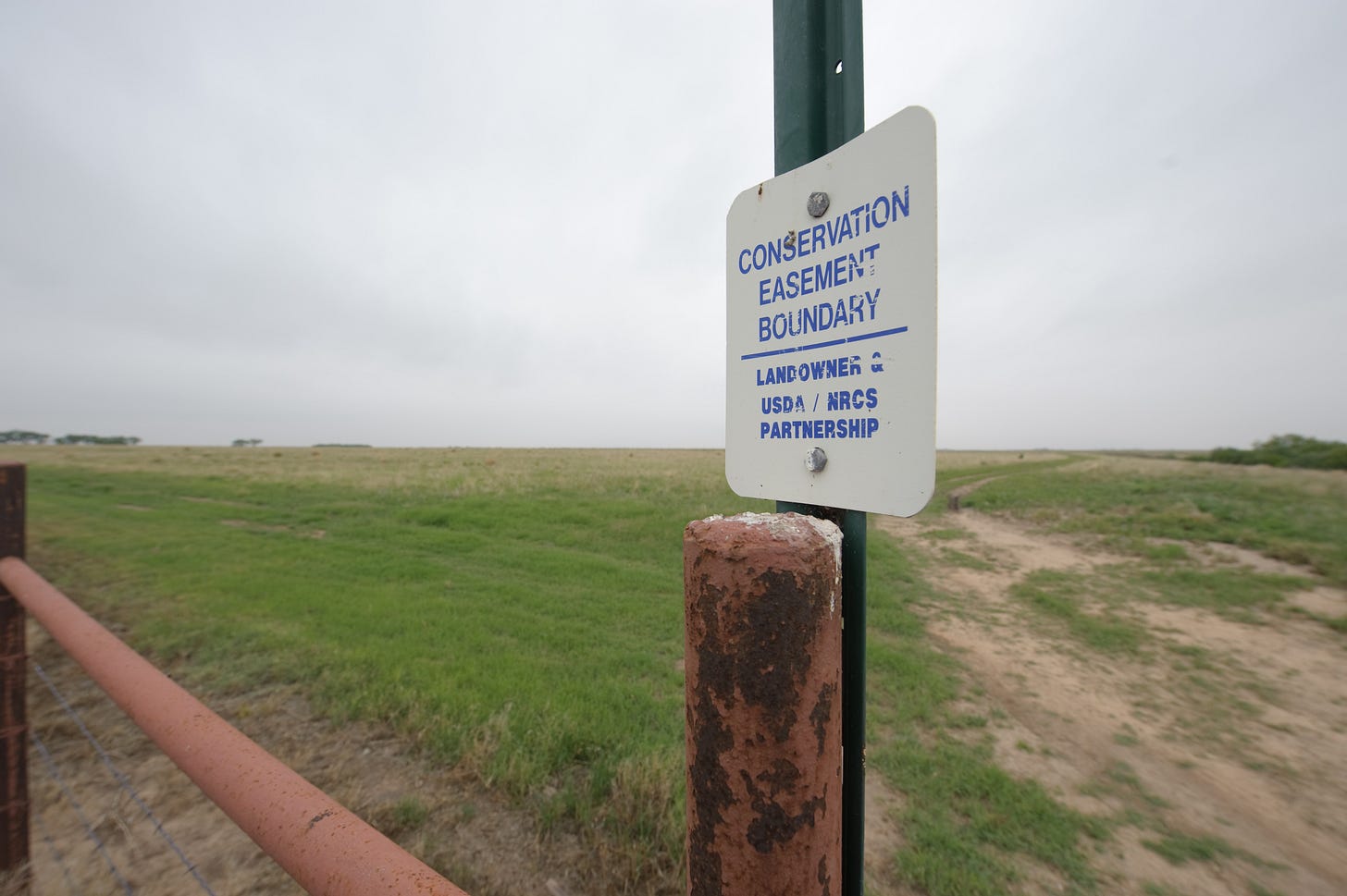Northern Wisconsin: Ground zero to prevent complete government control of our land
It’s time to put the Stewardship Fund permanently out to pasture
“The purchase of land north of Hwy. 64 has got to stop if we are ever going to see economic vitality up here. The towns can’t afford EMS services. Our schools have declining enrollment.”—Wisconsin state Sen. Mary Felzkowski (R-Irma)
A titanic battle over the go…
Keep reading with a 7-day free trial
Subscribe to Richard Moore In-Depth to keep reading this post and get 7 days of free access to the full post archives.




